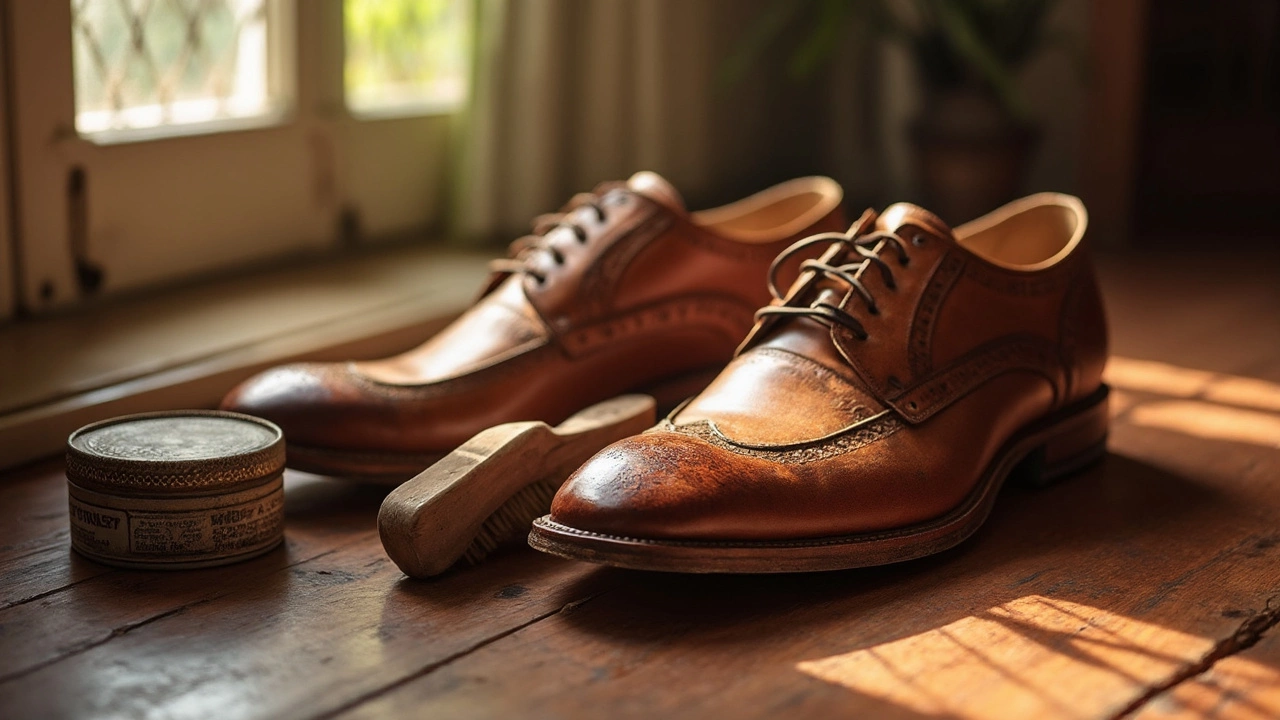Care Tips: Easy Ways to Keep Your Wardrobe Fresh
We all love a good outfit, but without the right care it can lose its shine fast. Below are straight‑forward tips you can use today to protect coats, suits, shoes and everyday pieces. No jargon, just real actions that work.
Storing Coats and Outerwear
Coats can be either hung or folded, depending on the material. Light wool and cotton blend well on a wide hanger – it keeps the shoulders shaped and avoids unsightly bumps. Heavy fabrics like cashmere or thick trench coats are better folded to prevent the weight from stretching the hanger. When you fold, use a clean, flat surface and place a soft cloth between layers to reduce friction. For travel, roll the coat loosely and tuck it into a garment bag; this cuts down on wrinkles and saves suitcase space.
Maintaining Suits and Formal Wear
A suit doesn’t need to be cleaned after every wear. Let it air out on a breathable rack for at least 24 hours; this helps the fibers recover and reduces odor. When it’s time for a wash, choose a reputable dry‑cleaner that specializes in suits – they know how to treat the lining and interlining without shrinking. Between cleanings, brush the fabric with a soft clothes brush to lift dust. Store the suit in a breathable garment bag, not plastic, to avoid moisture buildup.
Pay attention to the buttons and seams. A quick check for loose threads prevents bigger repairs later. If a button falls, replace it with a matching one – most home sewing kits have the basics you need.
Protecting Leather Shoes and Boots
Leather isn’t as high maintenance as many think. After each wear, wipe off dirt with a soft cloth. Apply a thin layer of leather conditioner once a month; this keeps the leather supple and guards against cracks. Avoid wearing the same pair two days in a row – give them a night to dry out, especially after rain. When the weather’s wet, use a water‑repellent spray before stepping out. Store shoes with shoe trees or stuff them with newspaper to keep their shape.
If you’re unsure whether leather is right for a particular occasion, consider the forecast. Heavy rain or snow can damage the finish, so a waterproof boot may be a smarter choice.
Everyday Fabric Care Hacks
For t‑shirts, hoodies and casual wear, turn them inside out before washing. This protects prints and reduces pilling. Use cold water and a gentle cycle – it saves energy and preserves colors. Avoid the dryer when possible; air‑drying reduces shrinkage and extends the life of elastic cuffs.
When a shirt gets a stubborn crease, a quick steam from a handheld steamer or even a hot shower (hold the shirt at a safe distance) smooths it out without an iron. For denim, wash it less often. A spot clean or a brief air‑out is enough to keep it fresh, and it prevents the denim from fading too fast.
Finally, keep a small care kit in your closet: extra buttons, a fabric brush, leather conditioner, and a zip‑lock bag for delicates. Having these tools on hand means you’ll fix small issues before they turn into big problems.
Take these simple steps and you’ll notice your clothes looking better for longer. A little effort now saves money, time and keeps you looking sharp every day.

